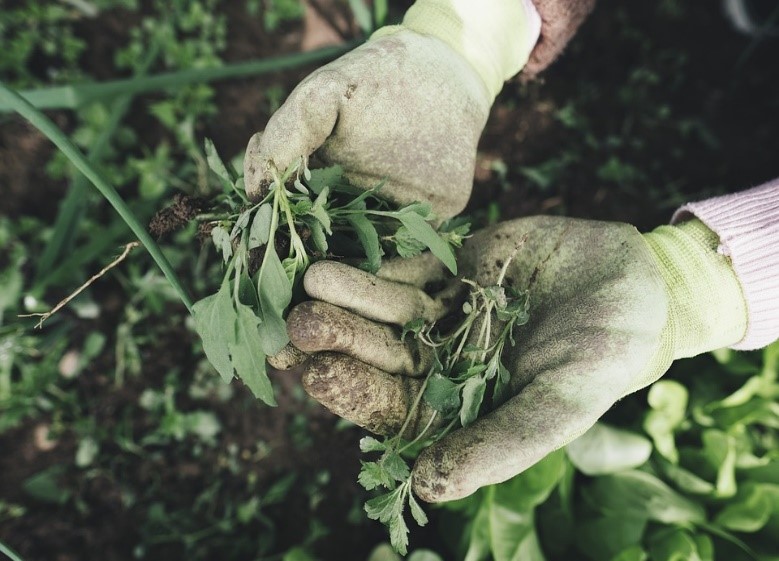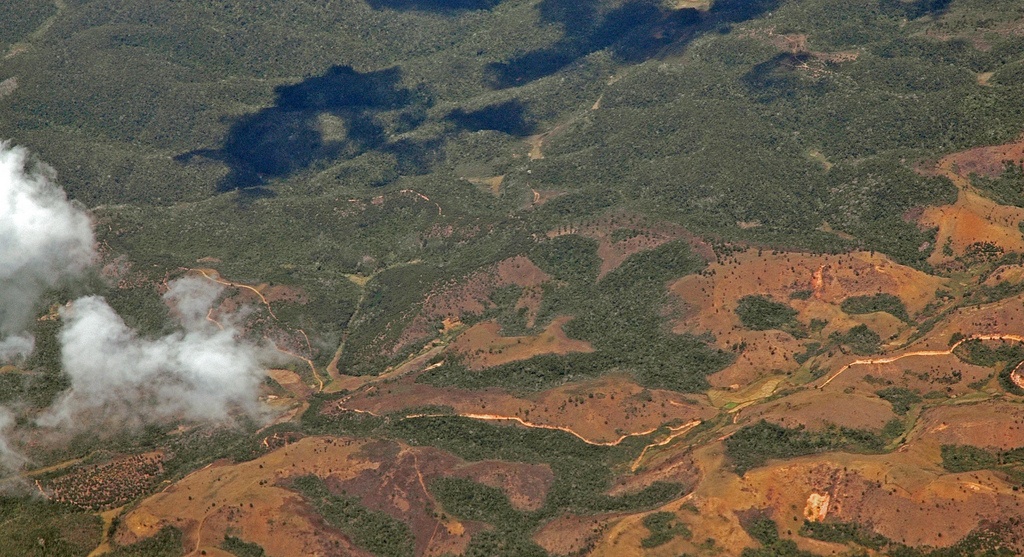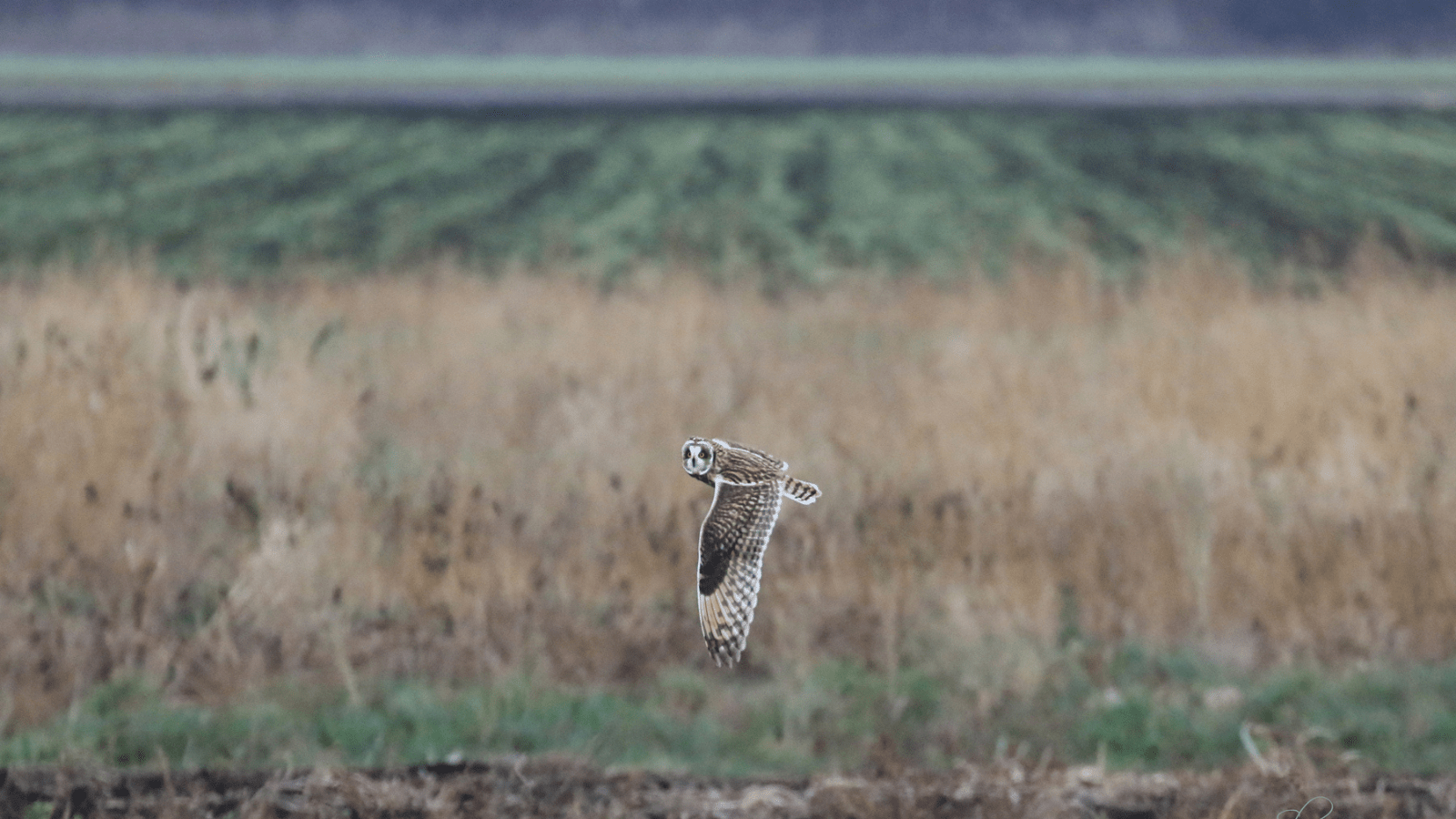Wait… The National Wildlife Federation works in agriculture?
This is a question the NWF Land Stewardship team answers often. Yes! NWF has been working to support farmers and agricultural conservation for almost 40 years; from campaigning for Farm Bill policies, to helping farmers and natural resource staff spread their message about sustainable agriculture for wildlife, water, climate, and communities.
Across the country, NWF recognizes critical connections between conservation agriculture and wildlife, including the role of future friendly farming practices like cover crops, conservation tillage, rotational grazing, and reduced pesticides and herbicides. These practices directly help wildlife like birds, deer, and insects by providing and protecting quality habitats on the farm. They preserve healthy waterways downstream for fish and waterfowl, and protect wildlife survival long term by mitigating the effects of climate change.
At first, NWF’s agricultural work hit the big stage with the 1985 Farm Bill, a massive piece of legislation that provides most of the funding that USDA receives, and is reauthorized about every five years. The 2018 Farm Bill provided about $30 billion of funding to federal conservation programs, meaning it’s the largest federal investment in private lands conservation. In the 1985 Farm Bill, NWF helped pass the “Swampbuster ” provision which provides farmers with crop insurance subsidies in exchange for protecting wetlands and reducing soil erosion. Today, this provision has preserved habitat for 2.8 million ducks as well as many other species.
Our work to protect and enhance working lands and reduce destruction of natural habitats continues to this day. North American Grasslands, another crucially important ecosystem, are disappearing faster than the Amazon rainforest and are one of the most imperiled ecosystems in the world. One effort we are working on to stem the tide of grassland destruction is the North American Grasslands Conservation Act stemming from our biennial American Grasslands Conference. We also played a key role with the establishment of the Conservation Reserve Program, Ag Land Easement Program, and programs that help farmers improve habitat on their property.
In the last ten years, NWF identified cover crops as a priority practice for conservation on cropland. Despite proven benefits to improve crop resiliency, soil health, and biodiversity, cover crops are used on less than 6% of farmland acres across the U.S. We called on partners like American Farmland Trust, National Association of Conservation Districts, and USDA’s Natural Resources Conservation Service; along with leading growers from around the Mississippi River Basin to come together and brainstorm ways to remove the largest barriers to implementing cover crops.
Roadmap to Increase Cover Crop Adoption
This partnership produced the “Roadmap to Increase Cover Crop Adoption” in 2012, launching NWF on a path addressing key barriers identified by farmers and leading conservationists. Recognizing significant social and political barriers to cover cropping, we focused on creating a social science-based approach to improving messaging by trusted experts and supporting targeted policies to remove structural barriers and incentive voluntary adoption of cover crops and other conservation practices.

Policy Success: Crop Insurance
The roadmap to increase cover crop adoption identified crop insurance as a major public policy barrier because crop insurance counted cover crops as riskier than bare fields. Leading up to the 2018 Farm Bill, our team successfully campaigned USDA and Congress to remove this barrier so that crop insurance would no longer penalize farmers who planted cover crops. In turn, NWF supported farmers as they navigated these changes, even winning a major legal appeal that ensured a farmer using cover crops was fairly paid his insurance payment. USDA has gone a step further since 2018 by creating a pilot program which provides a $5 per acre crop insurance discount for acres with cover crops. This program has roughly tripled reported cover crop acres to 12.2 million in the first year of the program!
Policy Opportunity: 2023 Farm Bill
In 2018, NWF helped to pass the largest conservation provisions ever. For the 2023 Farm Bill, our team continues to make recommendations to improve conservation programs like the Conservation Reserve Program, Environmental Quality Incentives Program, other working lands programs, and aligning crop insurance with risk reducing practices to ensure taxpayers are getting the benefits to natural resources they expect from the Farm Bill. NWF is also working hard to build on the nearly $20 billion of conservation funding included in the Inflation Reduction Act in the upcoming 2023 farm bill.
Social Science Opportunity: Support Conservation Champions
The roadmap also identified a need for “Cover Crop Champions” or growers who excelled at sharing the benefits of cover crops and supporting adoption among their peers. The Cover Crop Champions program started in 2013 to strengthen farmer networks across the country. This program funds and provides messaging training to farmers and outreach professionals who work together to promote cover crops. Rebranded as Conservation Champions in 2021 to encompass outreach on a broader suite of sustainable agriculture practices, this network has engaged over 32,000 farmers.


Social Science Opportunity: Create Consistent Messaging
We identified a lack of consistent messaging surrounding conservation farming and a gap in farmer outreach that specifically addressed social barriers to adoption. In response, we created the Grow More program in 2019 to equip natural resource staff, agriculture professionals, and other farmer advocates to address social and psychological barriers to cover crops.
Social Science and Policy Opportunity: Equity in Ag
Less than 2 percent of farmers are people of color. To address this, our social science team is now expanding and refining the Conservation Champs and Grow More Trainings to serve more diverse communities and farming systems. NWF is also working to address historic inequities and discrimination of Black, Latino, Native American, and other historically underserved communities in the 2023 Farm Bill by providing resources and outreach in appropriate languages and cultural understanding, incorporating Traditional Ecological knowledge into NRCS programs where appropriate, and expanding access to credit for people who have been wrongfully denied access in the past.
What’s Next?
So there you have it! NWF works across many aspects of agriculture, conservation, policy work, and outreach. We have a lot to be excited about in 2023, like expanding the Conservation Champions program into new states, releasing a new Outreach Toolkit for agricultural messengers, and bolstering conservation programs in the 2023 Farm Bill. We are so glad to continue building our team’s reputation as experts in social science, community engagement, and policy – let us know how we can serve you and your fields!




